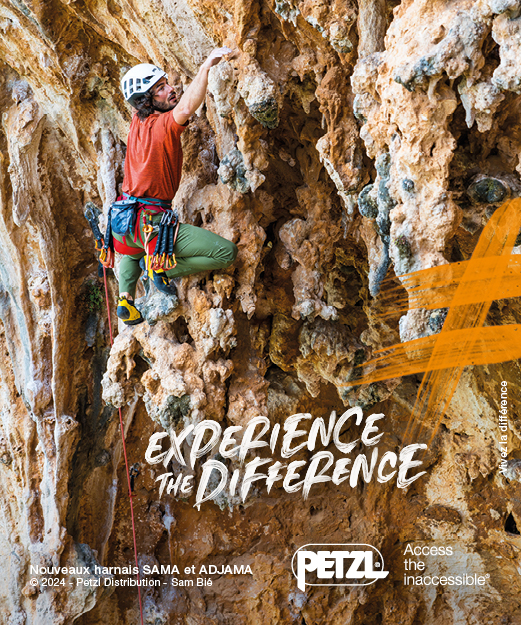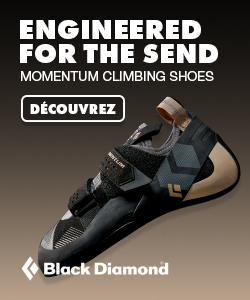The Swiss ball : 3 fun exercises to reinforce your core !

The Swiss Ball, huh? You have without a doubt noticed these big colored exercise balls in gyms or perhaps in the Pilates section of sports stores. Forget all of your preconceived ideas, the Swiss Ball is an excellent tool to use for reinforcing the abdominal muscles and is not just for housewives under 50 !
We can never say enough about the importance of core strength in climbing. Training muscle groups in synergy provides the efficient transfer of force during wide-range movements. A strong core and solid abdominal muscles will give you the ability to keep your feet in contact, especially in overhangs.
The Swiss Ball : The official provider for washboard abs
Where the Swiss Ball really shines in respect to climbers is in the fact that it provides comprehensive approach to training. By virtue of it being in constant motion, the Swiss Ball not only triggers your abdominal muscles ( Transverse, Oblique and Rectus) but also the perineum and all of the muscle groups in their entirety. Furthermore, it improves balance and proprioception.
Finally, the variety of exercises that are possible and the amusing nature of the Swiss Ball are perfect for staying motivated, especially if you are sick of the same old “crunch” exercises. The Swiss Ball works very in groups, either while warming up before a bouldering session for example, or during a session of specific abdominal training at home. Classic isometric core exercises now take on an entirely new dimension!
3 Must-do Exercises
The Sphinx
Go to the ground on your knees, buttocks back and place your hands and forearms on the ball.
Roll the ball forward until you achieve the position of having your thighs, pelvis, torso and head perfectly aligned. Maintain this position for as long as possible while contracting the buttocks, perineum and abdominals without curving the back.

Possible Variations
– Roll the ball laterally, passing from one elbow to the next, all the while controlling the core

– Interchange between the hands instead of the elbows, with your arms extended in front of you

– Interchange between the feet instead of the knees, with your legs extended behind you
– Use two balls, one for the legs and the other for the arms while choosing different variations (pressing on elbows-tibias, hands-tibias,elbows-feet, hands-feet)

Elbow to elbow
Place yourself laterally in respect to the ball, with the elbow pressing on the ball, the shoulder in a straight line above the elbow and your feet on the ground, either on their sides or one on top of the other. Lift the hips until achieving a perfect alignment of the thighs, hips and torso. Maintain this position for as long as possible while contracting the buttocks, perineal and obliques.

Possible Variations
-Feet on the ball and the elbow on the ground

-Feet on the ball, hand on the ground pressing while maintaining an extended arm
-Lift an arm and a leg in order to make maintaining balance as difficult as possible
Roll Exercise
Go to the ground pressing with both hands, arms straight as if you are going to do a push-up, legs extended with your tibias resting on the ball. Bring your knees toward the chest and then extend back to the starting position while rolling the ball beneath the feet. Do this exercise in sets of 5 to 10 repeats based on difficulty.


Possible Variations
Keep the legs extended while locking them straight with the torso, rolling the ball under your tiptoes, as if you wanted to achieve perfect equilibrium. At the end of the movement the torso is completely upright, above your arms and hands while the legs are extended and the tips of your toes are touching the ball.


Precautions
Be careful to select a ball that corresponds to your height
-from 1m40 to 1m65 : 55 cm in diameter
-from 1m64 to 1m80 : 65 cm in diameter
-taller than 1m80 : 75 cm in diameter
Make sure to have a clear space to practice, especially when attempting exercise that involve stability and instability !









No Responses
[…] at the University of Sidney has shown a strong correlation between increasing proprioceptive training and an increase in stability and strength out of the shoulder. They did strength tests pre and post […]
[…] includes core, body position, balance, foot placement and […]